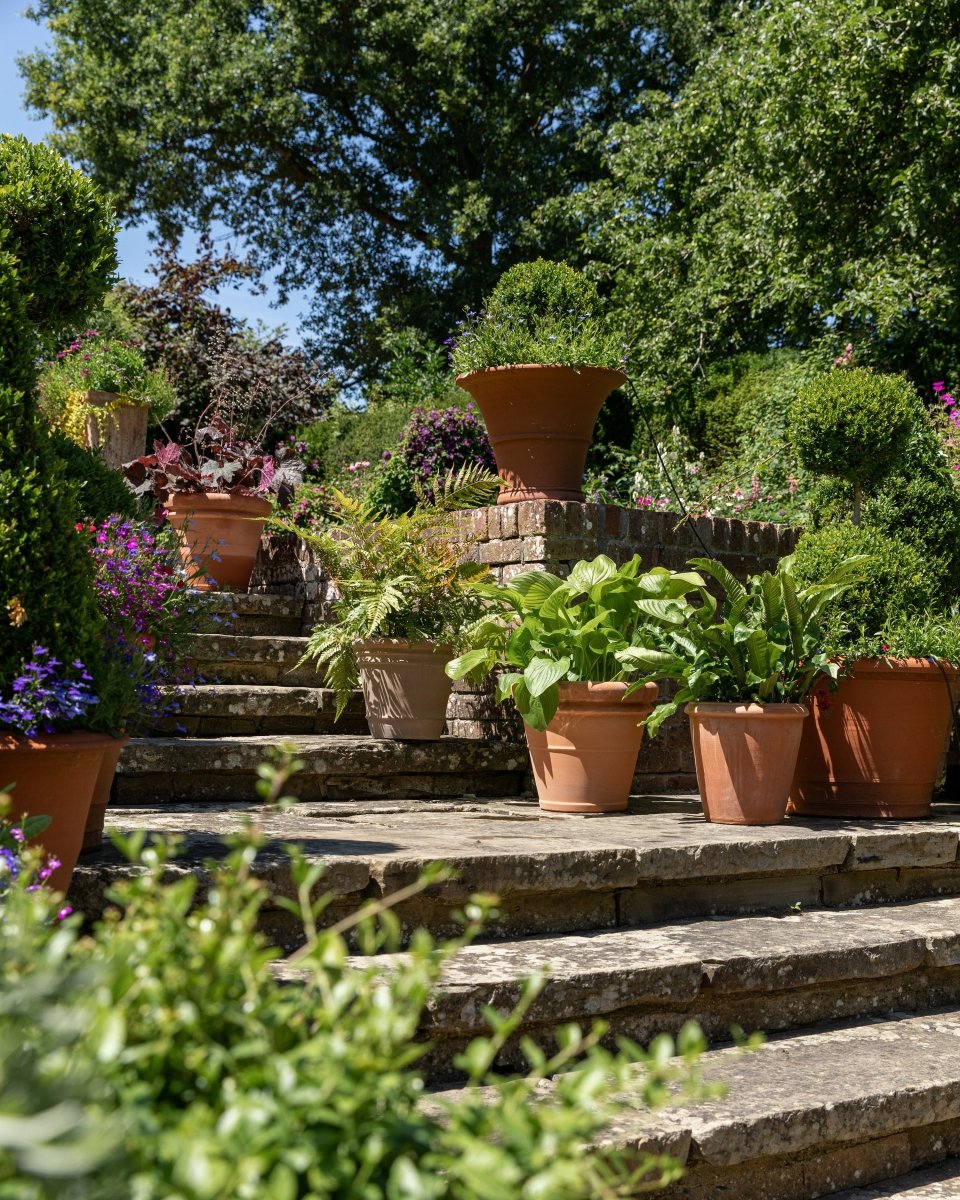Epipremnum aureum, commonly known as Golden Pothos or Devil's Ivy, is a hardy and attractive houseplant that's easy to care for. Here's a comprehensive guide:
Light:
- Thrives in bright, indirect light, but it’s adaptable to low-light conditions.
- Avoid direct sunlight, as it can scorch the leaves and fade variegation.
Watering:
- Water when the top 2–3 cm of soil feels dry. Overwatering can lead to root rot.
- In lower light, water less frequently; in brighter light, it may need more water.
- Ensure the pot has good drainage to prevent waterlogging.
Humidity:
- Tolerates average home humidity but prefers moderate to high humidity (50–70%).
- If the air is dry, mist the leaves occasionally or use a humidifier.
Temperature:
- Ideal temperature range: 18–30°C.
- Avoid placing it near draughts or in temperatures below 10°C.
Soil:
- Use a well-draining, all-purpose houseplant soil mix.
- You can mix in perlite or orchid bark for better aeration.
Fertiliser:
- Feed with a balanced liquid fertiliser (diluted to half strength) once a month during spring and summer.
- Fertilising isn’t necessary in autumn and winter when the plant’s growth slows.
Pruning:
- Regular pruning keeps the plant bushy and removes leggy or yellowing stems.
- Trim long vines if you prefer a more compact appearance.
Repotting:
- Repot every 1–2 years or when the plant becomes root-bound.
- Choose a pot 1–2 sizes larger than the current one with drainage holes.
Propagation:
- Easily propagated through stem cuttings.
- Cut below a node (where leaves and roots grow).
- Place the cutting in water or moist soil until roots develop.
- Once roots are 5 cm long, transplant into soil.
Pests:
- Generally pest-resistant but may occasionally attract:
- Spider mites
- Mealybugs
- Scale insects
- Treat infestations with insecticidal soap or neem oil.
Toxicity:
- Toxic to pets and humans if ingested due to calcium oxalate crystals.
- Keep out of reach of children and animals.
Common Problems:
- Yellow leaves: Overwatering or underwatering.
- Brown tips: Low humidity or underwatering.
- Loss of variegation: Insufficient light.
With minimal effort, your Epipremnum aureum can thrive and enhance your indoor environment





















